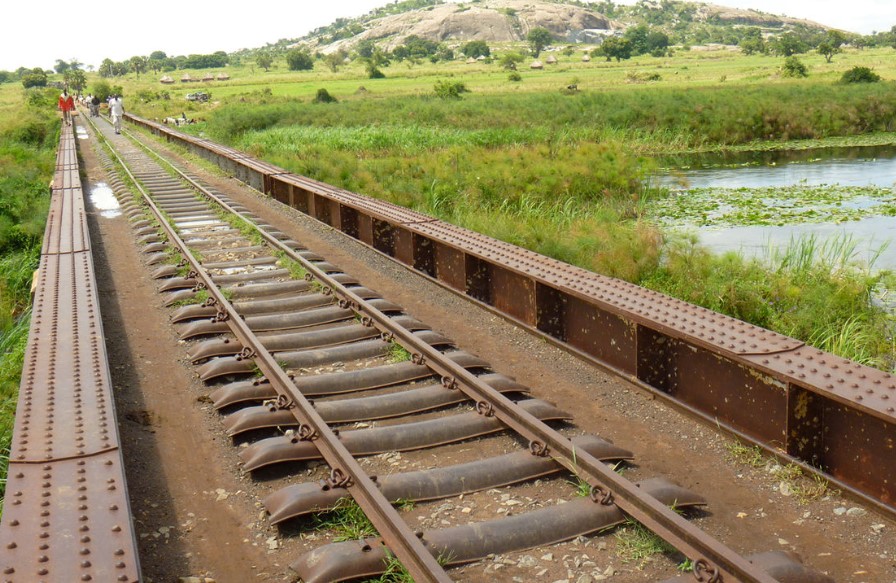Railways have played a pivotal role in shaping the development and connectivity of nations. The Uganda Railways, a vital transportation infrastructure, has left an indelible mark on the country’s history, economy, and society. Over the years, it has served as a lifeline for trade, a symbol of modernization, and a witness to the changing socio-political landscape of the nation.
Historical Roots and Colonial Legacy
The inception of Uganda Railways can be traced back to the late 19th century during the colonial era. British colonial authorities recognized the strategic importance of connecting the landlocked territories of Uganda to the coastal port of Mombasa in Kenya. This realization led to the construction of the Uganda Railway, often referred to as the “Lunatic Express,” due to the immense challenges faced during its construction, including harsh terrains, disease outbreaks, and labor disputes.
The railway project, initiated in 1896, aimed to facilitate the movement of goods, primarily raw materials, from Uganda to the coast and vice versa. Its completion in 1901 marked a significant milestone in Uganda’s colonial history, fundamentally altering the economic landscape by enabling the export of cash crops such as coffee, cotton, and tea. This period of British colonial rule saw the railway become a symbol of imperial dominance and economic exploitation, albeit with undeniable contributions to trade and transportation.
Socioeconomic Impact
The Uganda Railways had a profound impact on the socioeconomic fabric of the region. It not only facilitated the export of agricultural products but also played a pivotal role in urbanization. Cities and towns along the railway line, such as Kampala, Jinja, and Nairobi, experienced rapid growth as trade and commerce flourished. The railway became a conduit for cultural exchange, as people from diverse backgrounds and regions traveled along its tracks, fostering a sense of interconnectedness.
Moreover, the railway acted as a catalyst for the growth of industries and manufacturing hubs, as it provided a reliable means of transporting raw materials and finished goods. This, in turn, contributed to job creation and economic diversification, laying the groundwork for Uganda’s transition from an agrarian-based economy to a more industrialized one.
Challenges and Decline
Despite its early successes and contributions, Uganda Railways faced numerous challenges in the post-colonial era. The railway infrastructure suffered from neglect, lack of investment, and inadequate maintenance, resulting in operational inefficiencies and declining service quality. The emergence of road transportation and the expansion of air travel further diminished the railway’s prominence, leading to a decline in its market share and revenue.
The political instability and economic turmoil that gripped Uganda during various periods, including Idi Amin’s regime and subsequent years, exacerbated the challenges faced by Uganda Railways. Mismanagement, corruption, and lack of modernization efforts further contributed to its deterioration.
Revival and Future Prospects
In recent years, there has been a renewed interest in revitalizing Uganda Railways. Recognizing the importance of efficient transportation networks for economic growth, the Ugandan government, in collaboration with international partners, has embarked on ambitious projects to modernize and expand the railway infrastructure.
One such project is the Standard Gauge Railway (SGR) project, aimed at upgrading the existing rail system to a modern and standardized gauge. The SGR project seeks to enhance connectivity within Uganda and the wider East African region, facilitating the movement of goods and people across borders. This initiative has the potential to reinvigorate trade, attract investments, and stimulate economic development.
The revival of Uganda Railways also aligns with global efforts towards sustainable transportation solutions. Railways are known for their relatively low carbon footprint compared to road and air transport. By promoting rail transportation, Uganda can contribute to environmental conservation while addressing congestion and infrastructure limitations associated with other modes of transportation.
Preserving History and Heritage
As Uganda Railways embraces a new era of development, it is crucial to preserve the historical and cultural significance of the railway. Museums, heritage sites, and educational initiatives can play a vital role in commemorating the legacy of the railway and educating future generations about its impact. The vintage steam locomotives, iconic stations, and stories of the railway’s construction are all integral components of Uganda’s heritage that deserve recognition and protection.
In conclusion, the Uganda Railways encapsulate a journey through time, from its colonial origins to its modern-day aspirations. Its historical significance, socioeconomic impact, and potential for future development make it a fascinating subject of study and contemplation. As Uganda strives for economic growth and sustainable development, the revitalization of its railways stands as a testament to the nation’s resilience and determination to forge a prosperous future while honoring its past.



Comment (0)